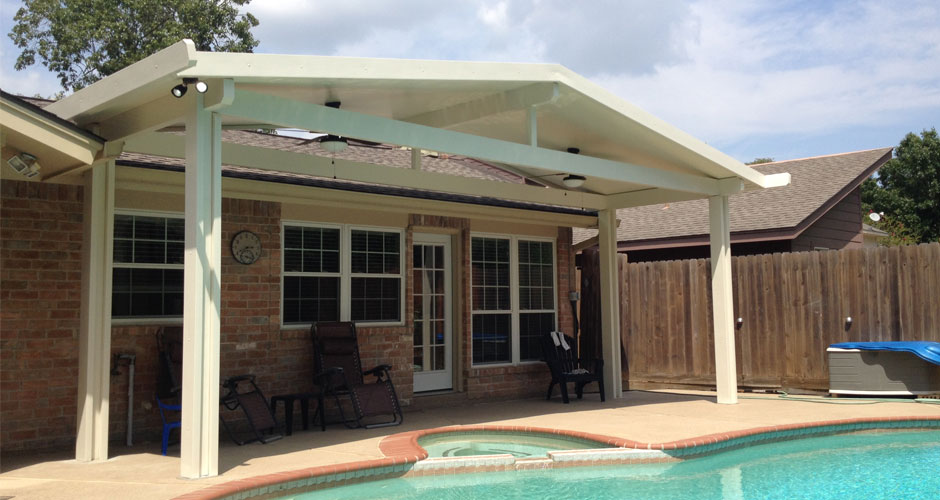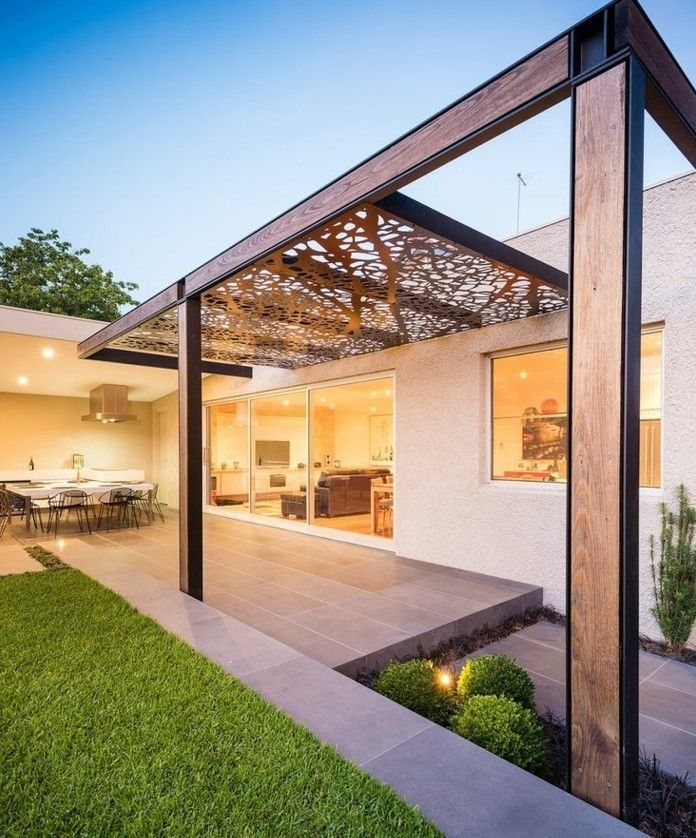
More than ever, Australians are spending time in their back yards. If you’re reading this during the 2020 lock-down, you’ll know exactly what I’m talking about.
In my 20 years working in the local construction industry I’ve seen hundreds of patio designs come across my desk – some excellent designs, and some not so good. I’ve also seen a lot of people get stuck and confused in the process and been on the receiving end of a multitude of questions. In light of this, if you’re thinking of building a patio, I’ve put together a quick do-it-yourself guide that you can follow, to help you avoid getting confused and lost along the way.
Here is a quick run down of what you’ll need to do if you’re an owner builder wanting to construct a new patio:
Firstly, you need to get on the right side of your local Council. When submitting your building application, the Councils throughout Australia will usually request 3 things:
- A site plan at a minimum scale of 1:200 showing the location of all existing buildings and the proposed structure(s).
- Plans, sections and elevations at a minimum scale of 1:100.
- Sectional details of the proposed structure(s), including type, size, stress grade, spans, spacing of members, connections and footings at a minimum scale 1:50.
The site plan
The site plan is usually on file with your Council. After a quick phone call to them, they should be able to send it out to you. After you receive it, simply use a pen and ruler to draw neatly where your patio will be placed in relation to your house. The site plan does not need to be certified by an engineer. If some engineers tell you it does, beware – they may be trying to over service you.
The plans, sections, and elevations
This is where you can again get artistic with a pen and ruler. Simply get a blank A4 piece of paper and a black fibre tip or biro pen (black or dark blue because we need maximum contrast between the black of the pen and the white of the paper) and do a neat scale sketch of your new patio – one view from the side, another view from above, and a third view through the middle of it. You should note on it the dimensions of the sides – the length, height, and width of the patio. Include the shape and slope of the roof on the section (through the middle) view. Also mention what materials you prefer to use. For example, mark on the drawing if you want to use ‘patio tube’ steel or timber.
Getting a draftsperson
If you don’t have the time to do a neat dimensioned drawing, you can find a local design draftsperson (a local one is better because they may need to visit your house to see exactly how you want the patio to be built). I’ve found that the better design draftspersons usually have some working knowledge of structural needs so they will be able to advise you if something is unrealistic or may work out to be too expensive. The draftsperson may even be able to come to your house and take measurements and give you some quick advice on what is required. On top of this, if the drawings are complete and of high quality, then this will minimise the amount of time the engineer has to spend reviewing the patio drawings and will often reduce the costs.
Keeping your costs down
If you want to keep the construction costs low, the cheapest in terms of construction and engineering costs will often be a steel framed patio built from patio tube (76mm x 38mm hollow rectangular steel). If you keep the size under around 6m in width and with a spacing of less than 4m between the columns, a basic universal design can be used from almost all the lightest, most affordable sections.
Larger sizes are of course possible, but the construction and design cost will increase exponentially the larger or more unusual the design gets, so staying within the norm is good for those who want to save money.
Longevity
The most common and durable material to construct your patio from is steel patio tube. Timber patios are susceptible to rot, termites, and eventually sagging and bowing of the timber members. Although they may look great when constructed, after 20 years a fresh coat of paint won’t help them. On the other hand, steel members will last you much longer and any restoration work required will be much easier.
Getting the engineering specifications
Once you have a drawing of what you’re after, you can approach a Structural Engineer like ourselves to get the structural specifications sorted out. If your patio is small and within common sizes, we can supply you with a low cost, economical, universal design that will cover all common shapes and sizes straight over the internet or by email. We created these to save you money and time if your plan falls into its specifications. If your patio design is out of the ordinary, some time will be required to prepare the specifications for you.
Getting it built
Once you have the structural specifications from an Engineer, then it’s time to approach a builder. You’ll now know what materials you’ll need, and the builder will be able to quote you properly and accurately. It’s important to use a registered builder as they will be more responsible and professional than one who is not.
Conclusion
Getting a patio up can seem a bit confusing at first, but the process is quite straight forward. I think people often can become frustrated and delayed just because they don’t have the right information on hand, but it’s easy when you know the steps. So get out your pen, and start sketching!
Do you have any questions about getting a patio built? Please leave a comment below or shoot me an email at quotes@engineeringonline.com.au



I would like to build a patio along the front of our house 12.140 m long by 2.5 m in the Miriam Vale district 4677 area code and I would like some details on plans and specifications out of timber preferably hardwood post and timber frame
Hi Ivan,
If you like we can give you a call to discuss specifications. Please email us at quotes@engineeringonline.com.au with your phone number or email address and we can take it from there.
Hi I’m looking at building a patio around 12m x 4 mt. Would this be a custom job or a cheaper standard size? I’m looking to get out of the project as cheap as possible
Hi Ricky,
This will likely be just a standard design. If you want to make sure, please feel free to send through a sketch of what you’re after and we can tell you straight away.
Hi mate.. I want to build a patio out of insulated panels.. the panels are 75mm thick and the structure is 10mx4.2m. The posts will be 65x65x3shs. On slab and attached to fascia with c channel receiver.. how much for engineering drawings to submit to my council.. thanks
Regards
Simon johnson
Hi Simon,
Please shoot an email to quotes@engineeringonline.com.au with your phone number and we can give you a call to discuss this.